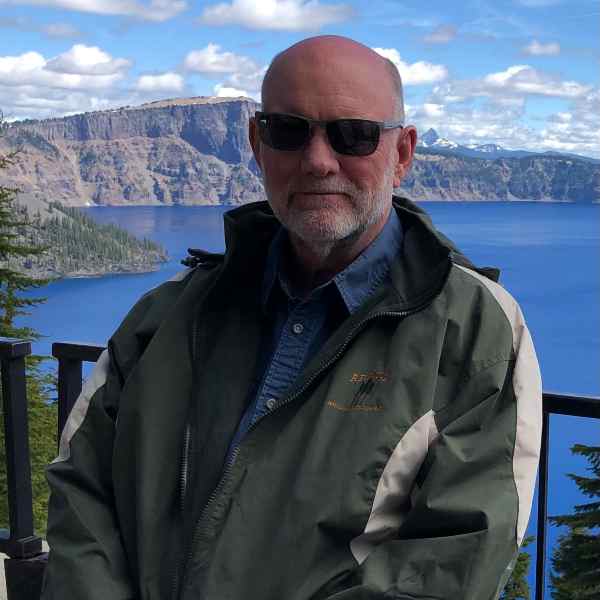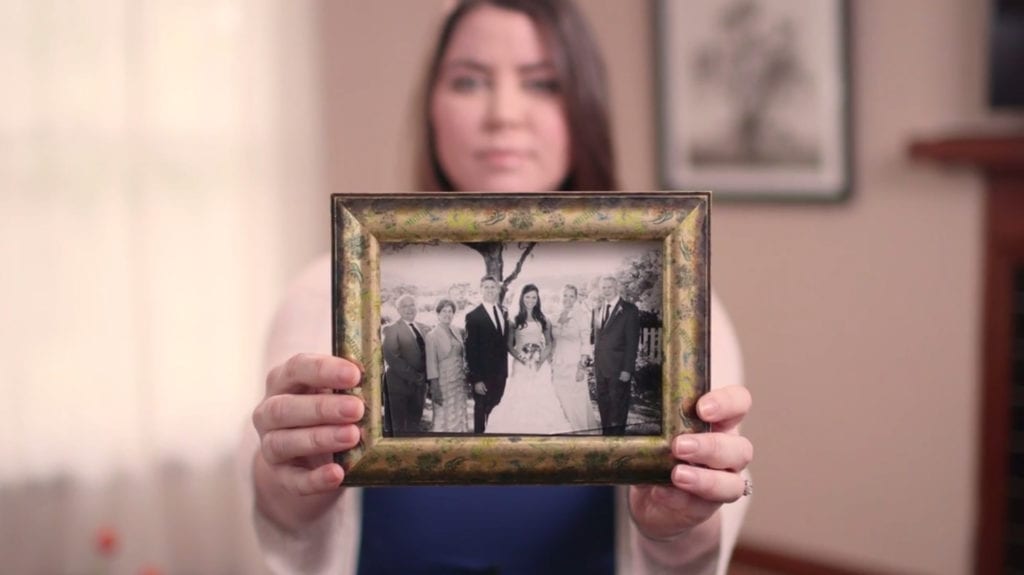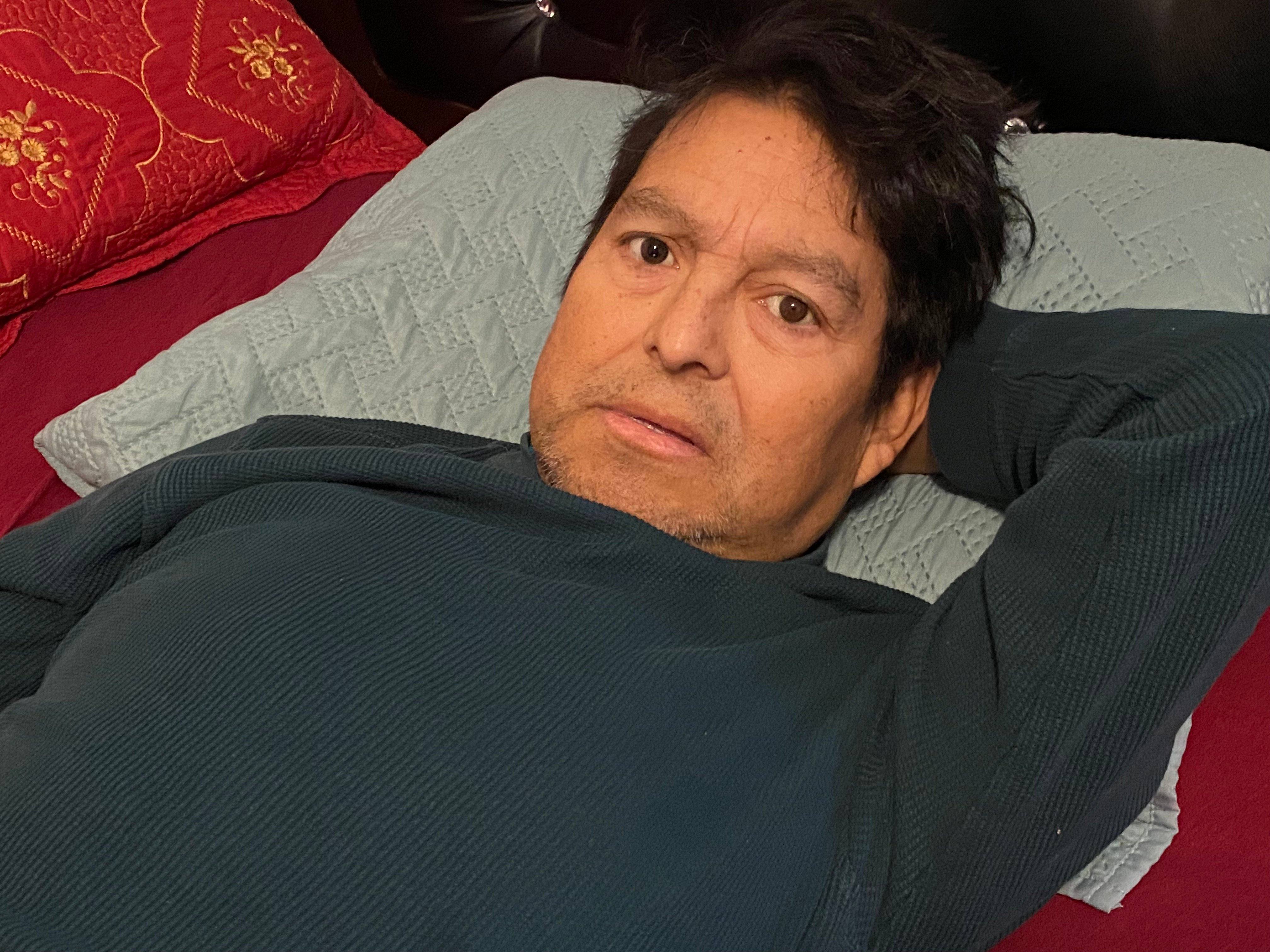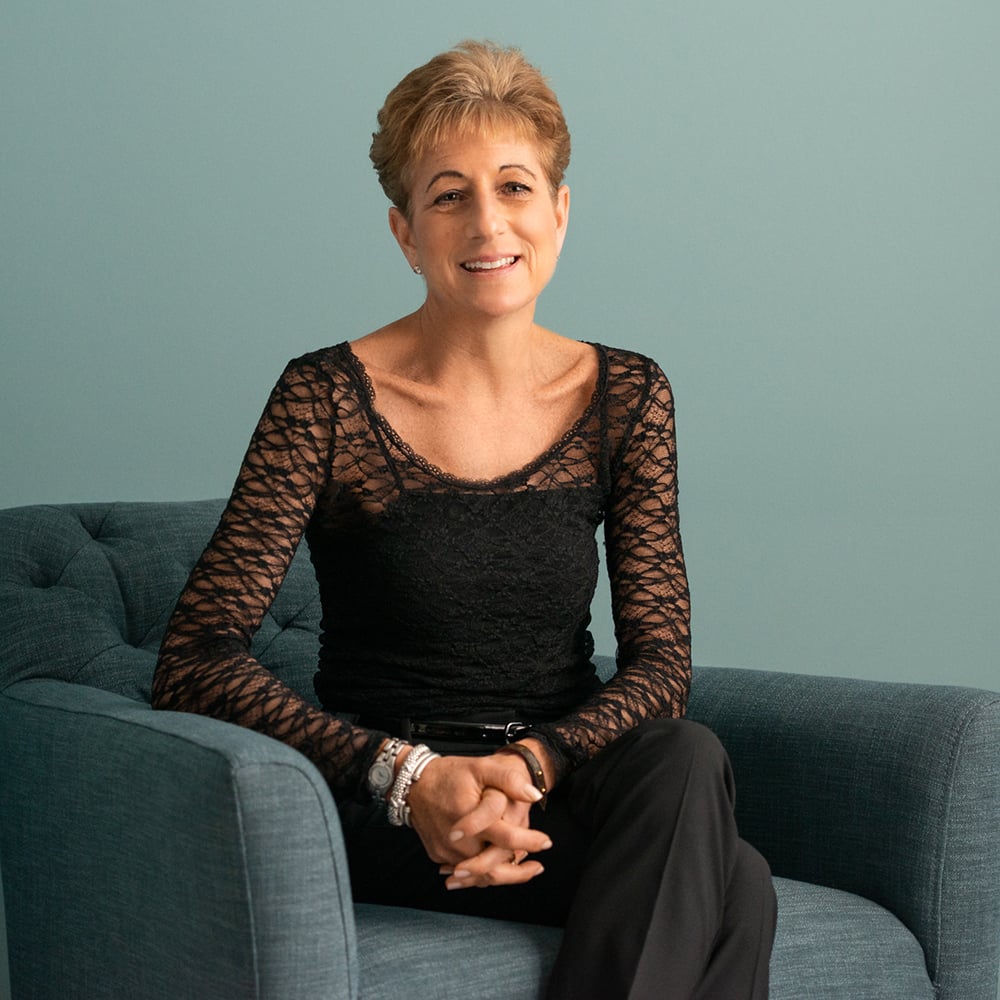Tom shared his story in March of 2022.
People who are opposed to medical aid in dying will often say, “We have hospice and palliative care, we don’t need medical aid in dying.” But that’s just not true. Over the course of more than 30 years as an oncologist, hematologist and palliative care and hospice physician with the Mayo Clinic, I cared for thousands of patients with advancing terminal illness. I was often present at the time of their deaths. Sometimes, despite our team’s best efforts, those deaths were very difficult.
My own prognosis is uncertain.
Thanks to the availability of meaningful treatments for multiple myeloma and lymphoma, my situation is currently stable. I’m on immunotherapy drugs and steroids that I tolerate pretty well. I’m hopeful for an extended prognosis.
Yet despite the aggressive treatments I’ve received, I’m not going to be cured of these cancers. My lymphoma is in remission now, but at some point, it will come back. There are lots of treatments available for keeping the myeloma in check, but someday, the current treatment will stop working, and there’s no guarantee the next one will work.
In January 2018, I had labs done prior to hip replacement surgery. The labs showed that I’d become anemic. When my anemia worsened in April 2018, I knew something was wrong. I saw a colleague in hematology and subsequently underwent an evaluation, including a bone marrow examination. We discovered that myeloma cells were crowding out healthy blood cells in my marrow. Later, scans and a biopsy revealed that in addition to multiple myeloma, I had low-grade non-Hodgkin’s lymphoma.
Following initial treatments, things improved, but didn’t disappear. In November 2018, I had an autologous bone marrow transplant, in which I underwent high-dose chemotherapy followed by re-infusion of my own bone marrow. Recovery was a long process. In February 2019, we reevaluated. The good news was that the lymphoma had gone into remission. Unfortunately, the myeloma did not respond to the chemotherapy.
I often think about my former patients and what they experienced near the end of life. In my capacity as a hematologist and oncologist and subsequently as a palliative care physician, I cared for many people with incurable, advancing cancer. I saw how the default approach for many of these patients — who had great doctors who cared deeply for them — was too often one treatment after another, with very little conversation about prognosis, the significant limitations and high risks of further disease-specific treatments, the patients’ values, goals and wishes, or alternative end-of-life supportive care options. Nor were advance directives completed; the majority of these patients did not have a living will, a documented medical power of attorney, or completed physician orders for life sustaining treatments. Unfortunately, many physicians caring for patients with advancing terminal illnesses have never been taught the effective communication skills needed to compassionately discuss these difficult topics, especially dying and death.
This medicalization of end-of-life care is far too common, and I just saw too much unnecessary suffering as a result of it. I wanted to make a difference and help educate patients, the public and my colleagues about better end-of-life care. In the early 2000s, I began to help develop a Palliative Medicine program for Mayo Clinic Arizona.
Our approach was to educate the public, patients, and healthcare providers and administrators about the importance of informed consent, advance directives, palliative care, hospice care and other options for end-of-life care, such as voluntarily stopping eating and drinking (VSED), withholding life-sustaining treatments or devices, and palliative sedation.
I also believe that medical aid in dying should be part of the spectrum of end-of-life care that should be available to people with an advancing terminal illness.
I have very vivid memories of some of my patients who wished they had that option. One young woman I cared for was in her 30s with advanced pancreatic cancer, which failed to respond in a meaningful way to a number of treatments. Despite everything we tried, her disease progressed and pain became an increasing problem. We saw her almost continually as an outpatient, repeatedly in the hospital, and then on hospice. I knew her husband, her son and her parents well. One day when I walked into her room in the hospice inpatient unit, she literally got on her knees and begged me to help end this.
As a person of faith, I don’t believe that enduring this kind of suffering is what God expects of us. While I do believe that suffering is fundamental to the human experience and a vital part of our redemption and sanctification, the God I know doesn’t require us to undergo suffering that is avoidable and unnecessary.
In states where aid in dying is authorized, having that option provides comfort and peace to people with a terminal illness. It empowers them to be in control of their dying process. If things go poorly, in the face of refractory suffering, they know they have a way to make their deaths peaceful and meaningful.
When I was working in palliative medicine, I would ask my patients to write a letter to themselves and their families about what a meaningful, purposeful life meant to them — what they cherished, who they loved, what goals they had — and how they wanted to be cared for if those things were no longer possible. How do you want to be cared for at a point when you are no longer “you”?
Now, I’ve written my own letter. For me, what is most important is that I recognize and can communicate in a meaningful and loving way with God, my wife, our three daughters and grandchildren, and close friends. My favorite thing in the world is small gatherings of family and friends with wine, a charcuterie and great conversation; I want to be able to carry on meaningful conversations with those people I love. I want to be able to talk about our faith, social justice issues, inequality, world events and March Madness. What I fear most is to end up in that never-never land where I would idle, neither here nor there.
Without the option of medical aid in dying in Arizona, I pray my life doesn’t end like that, suspended between consciousness and death. Moving elsewhere to access aid in dying was not feasible for many of my patients, and it would be very hard for me, too. I’ve been in Arizona for 34 years and I have a wonderful home, a tremendous supportive community of friends and great confidence in my care through the Mayo system.
I can only hope that my death will still be peaceful and meaningful, surrounded by my wife and children, maybe singing some special hymns that I love, perhaps “It Is Well with My Soul.” Maybe I’ll be watching a University of Kansas basketball game. I better be drinking some wine. Whatever it looks like, I should get to define what is a meaningful life and death for me. No one else should get to define that for me.






